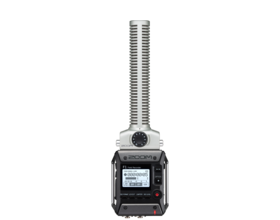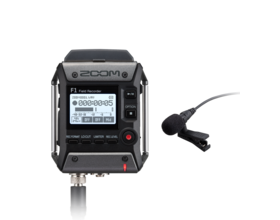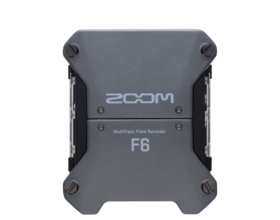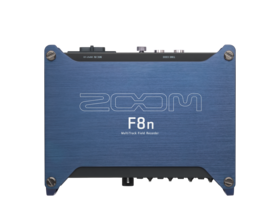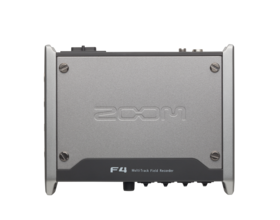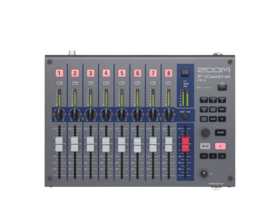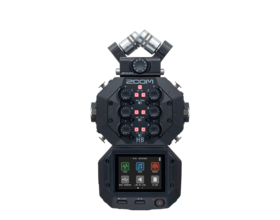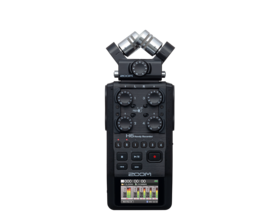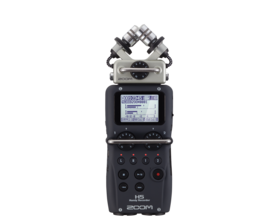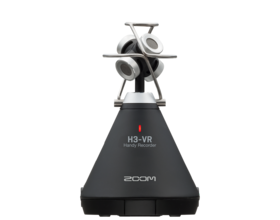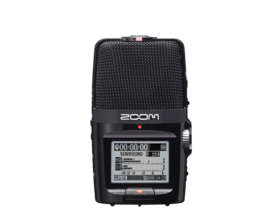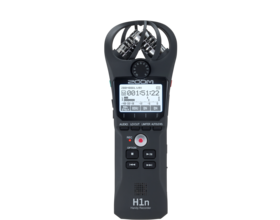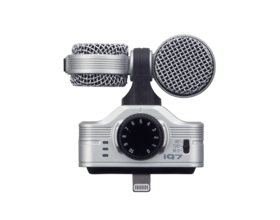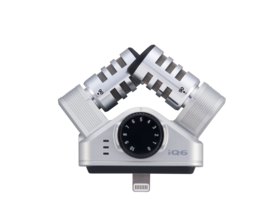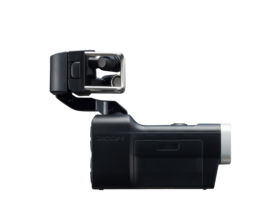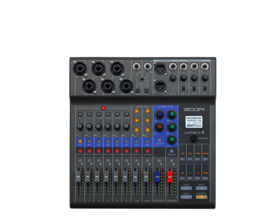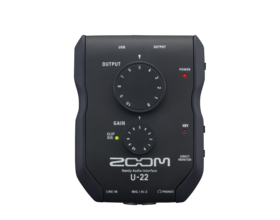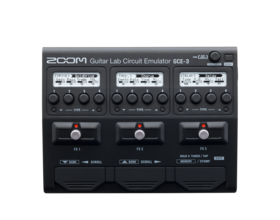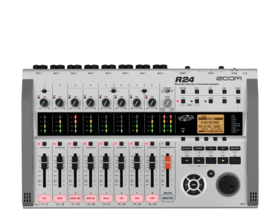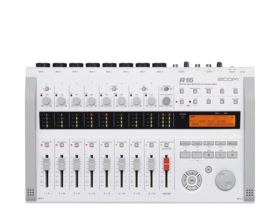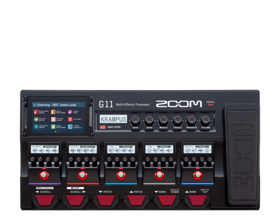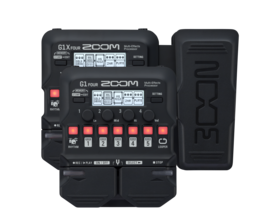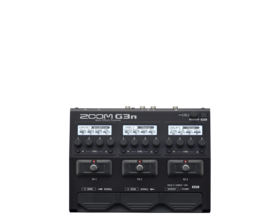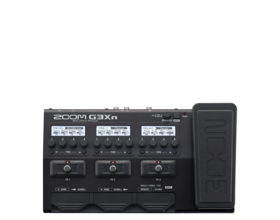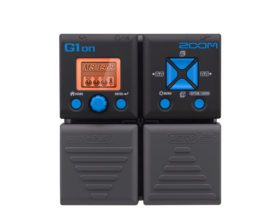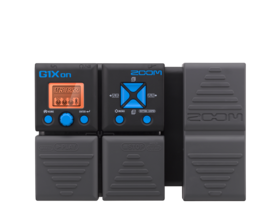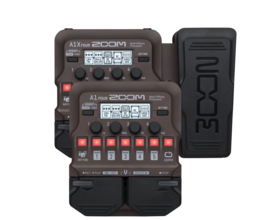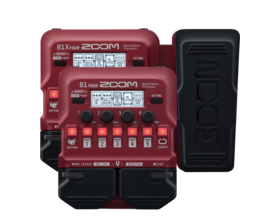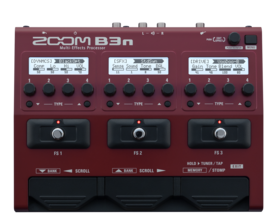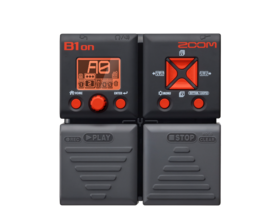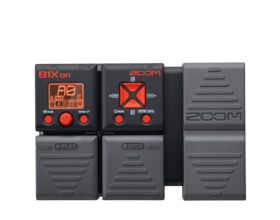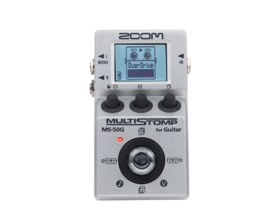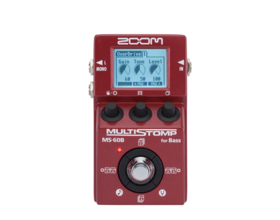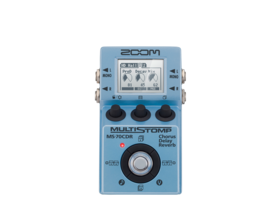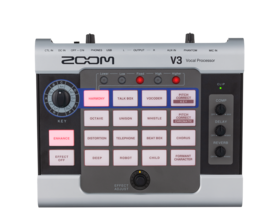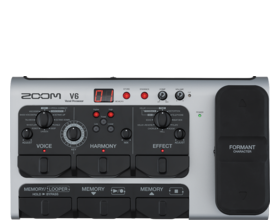R24
Using the 16 bit/44.1 kHz and WAV format setting , the recording time per gigabyte of storage space is about 200 minutes for one mono track (*1). Using the 24 bit/44.1 kHz and WAV format setting, the time is about 133 minutes (*2).
*1: When recording on all 16 tracks, a song of about 12 minutes 30 seconds can be created.
*2: When recording on all 16 tracks, a song of about 8 minutes 20 seconds can be created.
Regardless of the number of tracks, the maximum continuous recording time is 4 hours.
You should use the SWAP function for swapping data among tracks. Simply transfer the recorded guitar track content (TRACK 1) to another empty track and then use track 1 again. This lets you easily create multiple tracks.
Press the [UNDO/REDO] key to cancel the immediately preceding recording operation. For details, see page 16 of the Operation Manual.
NOTE: To redo only a portion of a track, use punch-in/punch-out recording. For details, see pages 29-30 of the Operation Manual.
This happens when there is not enough free capacity on the SD card. Insert a new SD card or erase some data from the card to free up space.
If playback is conducted while an audio track is set to REC status (armed to record), a temporary file will be created on the R24. If the SD card does not have enough space, the temporary file may fill the card, causing the recorder to stop. If this occurs, cancel the REC status of the audio track.
Yes, the R24 has a built-in clock and can append date and time information to recorded files. The clock should be set to the correct date and time, as described on page 14 of the Operation Manual.
NOTE: The date/time of the clock will be reset if the R24 is without power for more than one minute.
When using the built-in microphones, physical vibrations caused by very low-frequency sounds can be recorded as distortion. When setting up the R24, avoid locations that could be subject to vibrations from loudspeakers or a drum set, for example. Placing the unit on a soft cloth might also help reduce vibrations.
No, the R24 does not have a scene memory function.
NOTE: The mixer settings for each project are stored automatically when the project is completed.
Yes, this is possible by using the dedicated switch. The main output then will carry only the audio tracks without the metronome sound, and the headphone output will carry both the audio tracks and the metronome sound. For example, a backing track recorded on the R24 could be sent to the sound system of a concert venue, while the performers could monitor the metronome sound with headphones as a guide rhythm. The unit can also output a click track imported from a computer instead of the metronome sound. For details, see page 36 of the Operation Manual.
Yes, it can. From the [TOOL] menu, access the [METRONOME] settings and select [LEVEL]. You can adjust the metronome volume in a range between 0 and 100. For details, see page 36 of the Operation Manual.
The mark information is memorized by the recorder using hour/minute/second/millisecond information. The corresponding bar/beat/tick indication is calculated for every locate operation, based on the tempo and beat information from the rhythm section. This calculation may result in a slight error. To perform a more precise locate operation, specify the mark point using the hour/minute/second/millisecond indication.
The tuner function can be used, but the metronome function is not available while using the audio interface function of the unit.
If the DAW application has a throughput function (routing the input signal through to the output during recording), be sure to turn this function off. If the function is enabled, the direct output from the R24 and the throughput signal from the DAW application are heard together, which causes the flanger-like sound.
No, this is not supported. The audio interface function and the recorder function cannot be used simultaneously.
When using the audio interface function to input audio using the R24, the computer is usually set to also output sound via the R24. In this case, the speakers should be connected to the outputs of the R24, rather than directly to the computer.
When used as an audio interface, the R24 uses the sampling rate setting of the DAW software. To change the sampling rate setting for Cubase LE, access the project menu and open the project settings window.
For information on SD/SDHC cards whose operation has been verified, please see here.
No, the R24 does not have an audio editing function. File operations such as copy, delete, and split are possible, but partial editing of audio content is not possible. To edit audio data, use the included Cubase LE software application or another DAW.
No, this is not supported. Synchronization is only possible with another R24 or R16.
No, this is not supported. Synchronization is only possible with one other R24 or R16.
The audio interface and control surface functions can be powered via a USB connection to a computer. The recorder function of the R24 cannot operate on USB bus power.
NOTE: With some computers, power supplied to the R24 by USB might be insufficient for using its phantom power capabilities. In such cases, operate the R24 using the AC adapter.
Yes, this is not a problem. The batteries will not be used up in this case.
Yes. However, please note that the R24 cannot charge such batteries. You should therefore use a commercially-available charger designed for the batteries you are using. In addition, to ensure that the remaining battery capacity is indicated correctly by the R24, set the “BATTERY TYPE” item in the “SYSTEM” menu to “Ni-MH”. For details, see page 103 of the Operation Manual.
Some computer-based media player software does not support playback of 24-bit WAV files. Please verify which formats are supported by the media player software that you are using.
This is a special kind of connector that can accept two different kinds of plugs, XLR input for microphones and phone input for line-level sources. Channels 5/6 have a PHANTOM switch which provides phantom power capability for professional quality condenser microphones, and channel 1 has a Hi-Z switch for direct connection of a guitar, bass, or other instrument. Consequently, the R16 supports all kinds of input sources.
Yes, the dedicated soft carrying case SCR-16 is available separately as an option. Please contact your nearest ZOOM dealer.
No, SDXC cards (a new higher capacity standard) are not supported. The R16 supports SD cards (16 MB - 2 GB) and SDHC cards (4 GB - 32 GB).

